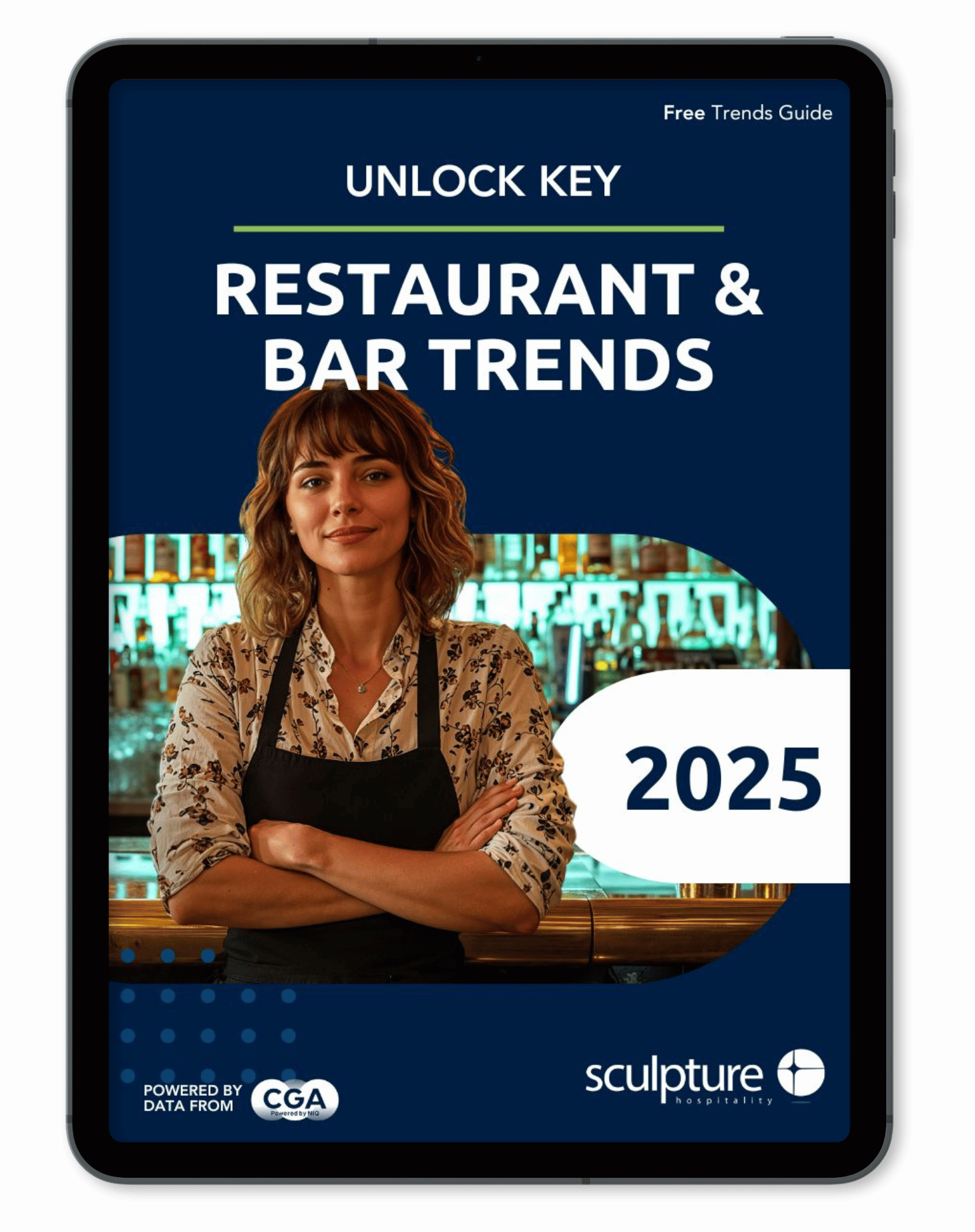Running a profitable bar isn’t just about pouring the perfect drink or filling seats on weekends. Behind the scenes, labour cost is one of the biggest expenses affecting your bottom line. And if you don’t calculate it correctly, your profits could quietly slip away.
In this article, you’ll learn how to calculate labour costs step by step and how to avoid common mistakes. In today’s hospitality industry, every dollar (and ounce) counts.
What Is Labour Cost and Why Does It Matter?
Labour cost includes all the money you spend on employees, from bartenders and servers to prep cooks and dishwashers. It covers:
- Wages and salaries
- Payroll taxes
- Benefits (like healthcare and paid time off)
- Overtime and shift premiums
It also makes up one half of your prime cost (the other half being cost of goods sold, or COGS). Together, labour and COGS often account for 60% or more of a bar’s controllable expenses.
Most profitable bars aim to keep labour costs between 25% to 35% of their total sales.
The Step-by-Step Method for Calculating Labour Cost
No guesswork here, just a simple formula:
Labour Cost % = (Total Labour Expenses ÷ Total Sales) x 100
For example, if your monthly payroll is $9,000 and your sales are $30,000:
(9,000 ÷ 30,000) x 100 = 30% labour cost
That means 30 cents of every dollar earned goes toward staffing. Ideally, this calculation should be done weekly and monthly to stay ahead of issues.
Pro Tip:
Use your POS and scheduling software to track labour-to-sales ratios in real time. This keeps you agile when adjusting shifts or responding to sales dips.
Common Mistakes When Calculating Labour Cost
Even experienced managers make these common mistakes:
- Forgetting indirect staff (dishwashers, prep staff)
- Ignoring holiday pay and bonuses
- Ignoring payroll taxes and employer contributions
- Not adjusting staffing to match sales volume
Skewed numbers affect your decisions around scheduling, pricing, and ordering. For instance, underestimating labour costs could make you believe you can afford more inventory than you really can.
How Labour Cost Affects Inventory Management
Labour cost doesn’t just impact your payroll, it also plays a key role in how well your inventory is managed. When staff levels are aligned with actual service demand, inventory handling becomes more accurate and efficient.
Instead of focusing on overstaffing or understaffing, think in terms of labour-to-sales efficiency:
- When teams are scheduled based on real-time sales data, there’s better control over portioning, prep timing, and storage.
- Consistent inventory practices, like FIFO (first-in, first-out), are easier to maintain when staff aren’t rushed or stretched thin.
- Well-trained teams reduce shrinkage by following standardized processes like proper pouring, measuring, and waste logging.
Pro Tip: Inventory systems like Sculpture Hospitality integrate with POS and sales data to help managers identify ideal staffing levels and optimize inventory use together. This makes it easier to balance profitability across both labour and COGS.
How to Optimize Labour Cost Without Sacrificing Service
Want to lower labour costs without hurting the customer experience? Start here:
- Use sales forecasts to build better schedules
- Cross-train staff so they can cover multiple roles
- Track labour-to-sales ratios weekly
- Automate inventory management to reduce manual tasks
By syncing labour and inventory strategies, you’ll reduce over-ordering, excess payroll, and costly errors.
Final Thoughts
Calculating labour cost shouldn’t be an afterthought, it should be a regular part of your management routine. When tracked and optimized, it becomes one of your most powerful tools for boosting profits and streamlining operations.
More importantly, labour cost connects directly to how you order, prep, and serve. Aligning staffing with inventory flow, you’re operating like a true pro.
Ready to master both? Start tracking with Sculpture Hospitality and take the guesswork out of your profit margins.










